Destination Public Land: Why I Drive an Overland Vehicle
Max Daines 07.10.19
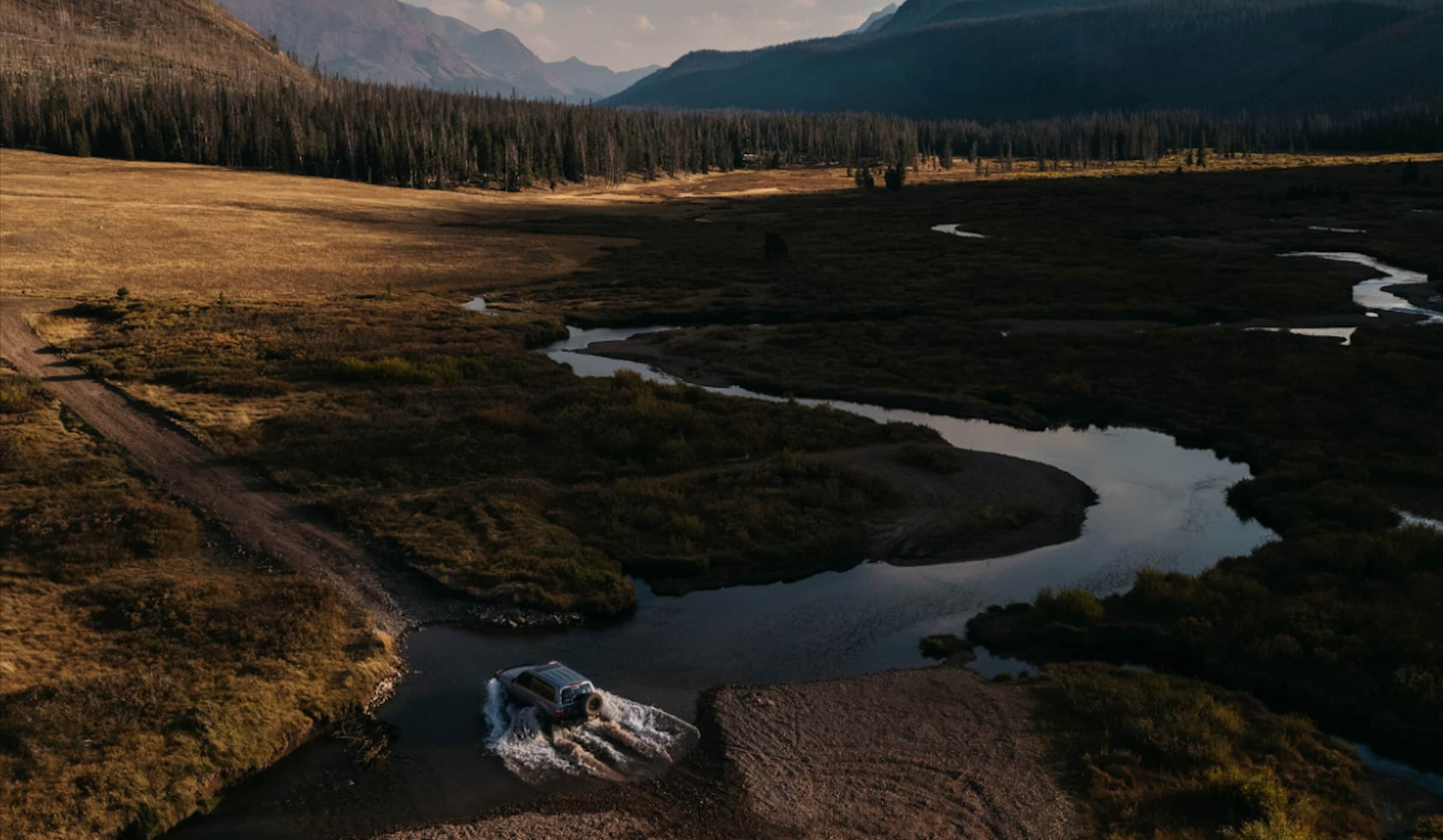
Public lands offer access to all sorts of activities, and an overland vehicle will help you get there.
If you live in the US and enjoy the outdoors, especially west of the Mississippi, you’re probably familiar with federal, or public, land. The further out you get, the less people you’ll encounter on the trail, and with a capable overland vehicle, you can experience some of the best solitude you’ll find here in the lower 48.
Here in Utah, I regularly use several types of federal land: National Parks Service land, Forest Service land, and Bureau of Land Management land. Each has their own quirks and rules, but they offer a good amount of freedom and access for those looking to get into overland travel and off-road adventures.
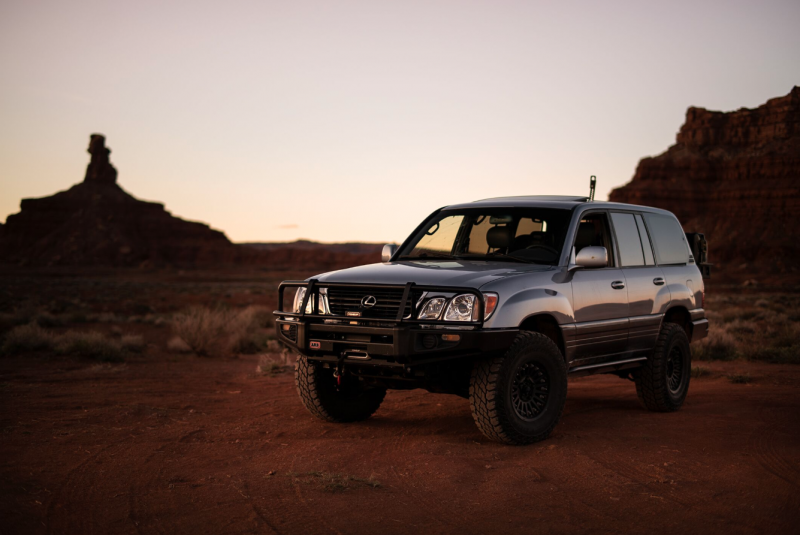
First, National Parks are great – they preserve some of the most stunning natural features in our country for future generations. While I’m a fan of national parks, I will say that many of them have turned into tourist traps – if you’ve ever visited Yellowstone in the summer, with its traffic jams, you’ll know what I mean. Many parks have been developed, with stairs and railings to assist tourists of all abilities to scenic overlooks, where they can snap a selfie and get back to their road trip. Most of these tourists will only see a tiny portion of the park from the paved road.
With an overland vehicle, you can often find the less-traveled back roads and trails within national parks. In Utah, Canyonlands has several beautiful trails accessible only by high-clearance 4x4s, and Arches has a trail that takes you into the heart of the park from the north, rather than sitting in line with all the other cars at the official south entrance.
These lands are usually a little more regulated than other federal lands, so you might not see many smaller off-road trails. You may also be required to camp in designated campsites.
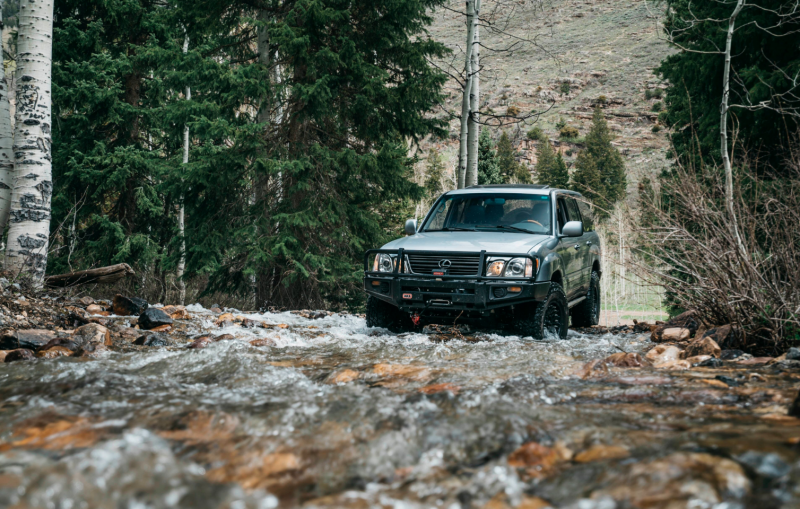
Next are Forest Service lands. Officially managed by the US Dept. of Agriculture, their purpose is to sustain the health, diversity and productivity of the Nation’s forests and grasslands. Much less traveled than national parks, forest service lands offer easy access to higher elevations, with mountains, creeks, waterfalls, prairies and more.
Many of my go-to campsites are in Forest Service land. The Forest Service has an extensive network of forest roads across the US, which are marked and numbered on most maps. While the trails are generally not the most technical, 4 wheel drive and good tires are recommended, especially when traveling in the spring or fall when you might encounter snow or washed out trails.
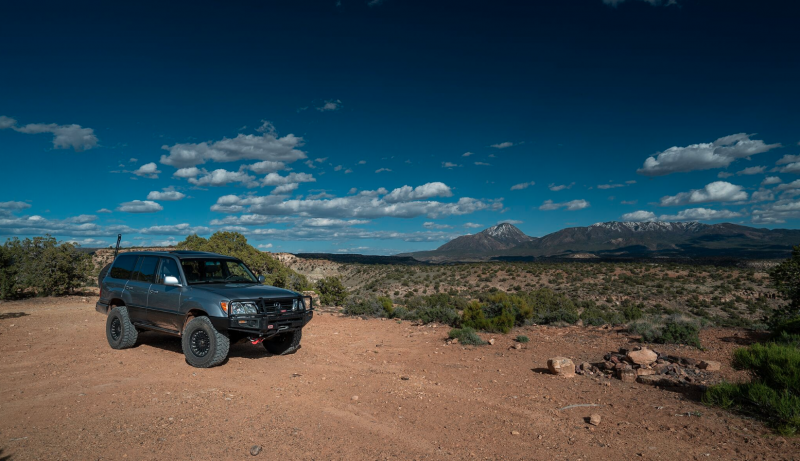
In Forest Service land, you’ll find less tourists and more locals. What the land might lack in famous landmarks, it makes up for with an abundance of access to all sorts of activities, whether it’s hiking, hunting, fishing, or camping.
Last is Bureau of Land Management, or BLM land. These lands are also a huge favorite of mine. Want to go drive off-road and camp? BLM land. Want to go shooting? BLM land. Hiking, climbing, BASE jumping, biking, you name it – you can probably do it on BLM land. BLM land is multi-use, so you’ll encounter everything from recreation to grazing or mining.
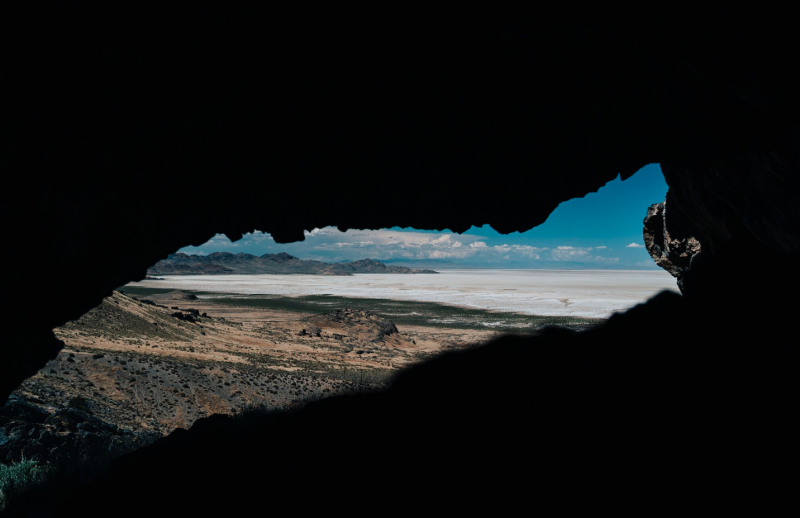
BLM main roads are decently maintained, but I’ve seen everything from wide gravel roads to washed out dirt trails and rutted single track, so having a well-prepared overland vehicle is critical when planning long trips to remote areas. I always plan ahead and let someone know where I’m going, take maps, extra gas, and enough food and water to survive for a while.
Here in Utah, the BLM manages over 40% of the land in the state. That means we have off-road trails crisscrossing the state, varying in difficulty and length. You can drive anything from a quick 30 mile trail through the desert, to a 700 mile loop around southern Utah, all on dirt roads.

Of course, before you head out on an overland adventure, check with your local agency to make sure that you have the proper permission or permits necessary to travel to your location.
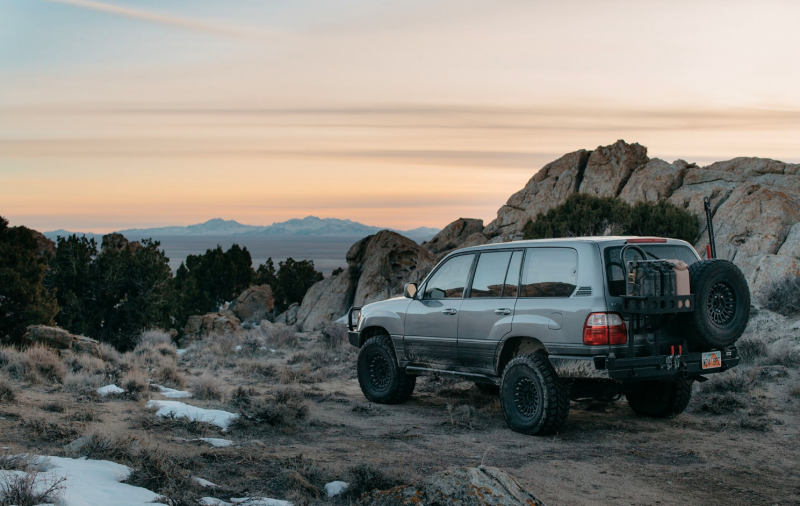
I’d recommend looking up the public land you have in your area – you might be surprised at how many overland trips you could take. Follow public land news in your area as well – we enjoy these lands today, but you never know when someone will be trying to shut down motorized access in the future. Public lands are a huge benefit to anyone who enjoys overlanding.

